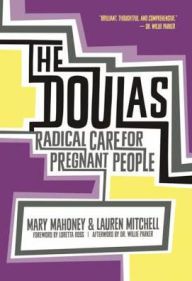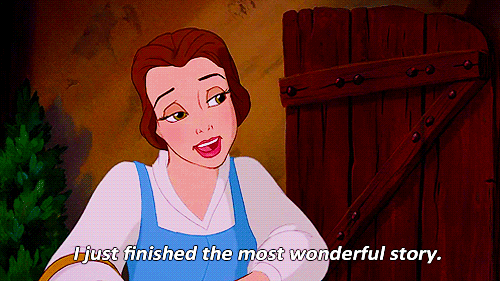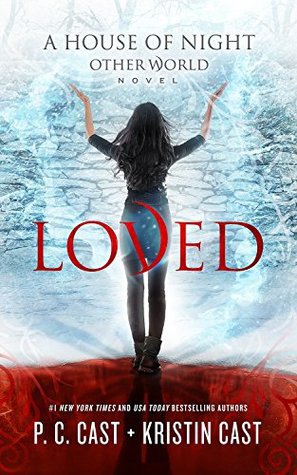Awhile back, a colleague in the field of feminist medical rhetorics recommended The Doulas: Radical Care for Pregnant People by Mary Mahoney and Lauren Mitchell (though it must not’ve been too long ago because this book was just published in 2016). I finally got around to read it in preparation for a presentation I am giving on rhetorics of consent and advocacy in childbirth at a conference in March.

image from barnesandnoble.com
First, notice that the title is “pregnant people,” not “pregnant *women*.” We know now that it isn’t just women who get pregnant and/or give birth. I emphasize pregnant and/or give birth because this books also acknowledges that pregnancy ends in many different ways–some more socially acceptable than others.
For the most part, this book is politically sensitive to the wide range of experiences people have as it relates to pregnancy and caring for the pregnancy and/or childbirth experience (aka doula work). Doulas provide people with support, especially in situations that are less socially acceptable. Of course, there are also doulas who hold intense, open biases. Some won’t work with gay couples (the legalities of which I question), and some are vehemently pro-life. It’s been my experience, though, that, in general, the doula community tends to be quite open to, and advocates for, variations of the pregnancy experience. (Still, the doula interview is crucial because pregnancy and birth work is incredibly political and contentious.) Unfortunately, the current cultural climate is one that is still obsessed with policing women’s bodies. Anything from choosing abortion to opting out of an epidural can be, and is, met with resistance.
Another approach I liked from this book is one of narrative medicine. Ina May Gaskin is notorious for writing childbirth guides that are full of childbirth stories. These stories work to help teach the reader about the many different healthy and normal experiences people can have in childbirth. This is important because when there is a very narrow definition of “normal,” and variations are treated as “abnormal,” interventions become the norm, and interventions too often mean trauma, surgery, injury, delayed bonding–the list goes on.
Back to the book: for my own purposes, I didn’t need or want to read most of the content. I wanted this to be a more theoretical work, but it mostly wasn’t. I also had a hard time understanding the relevance of some of the content.
Here are a few lines I liked (from the intro and forward because that’s where the book was most theoretical):
-“These doulas call it “story-based care” because they hear many stories of people for whom some choices are straightforward, while others offer extreme complexity” (x).
Since becoming a doula, I have been shocked by the number of *high stakes* choices that people have during pregnancy and childbirth. Navigating those choices and feeling empowered in through the process has been one of the most important aspects of my job as a doula.
-“Racism can distort a birthing or adoption experience. Transphobia can lead to the denial of vital healthcare. Prejudice against immigrants can divide families through deportation. Misogyny can reduce pregnant women to walking wombs without rights” (xv).
-“[Doulas] don’t sky away from naming oppressions–white supremacy, colonialism, xenophobia, homophobia, transphobia–yet they are not there to preach, but to serve” (xv).
Sure, some doulas might preach, but one unique aspect of this type of work is that, for doulas, activism is in the work–making political statements through actions, through work within the institutions and with the people most affected.
-“While much feminist and social justice activism was taking place online, the doula movement allowed activists to connect face-to-face with people confronting the realities of what the “spectrum of choice” really means” (xxi).
-On people during pregnancy and childbirth: “Worse still, they suffer the loss of personal agency as decisions that should be private become politically and bureaucratically charged” (xxi).
-On doulas: “People frequently refer to us as “advocates.” While we would not argue that point, we hope this book will show you how advocacy as a doula looks different from advocacy in other realms. Often it simply means this: we are “holders.” We hold space by creating safe, comfortable environments where our clients can be heard” (xxii).
-“Our practice as doulas is a daily expression of the union between compassion and advocacy” (xxii).
-“Though understanding systemic oppression is crucial to the way we approach doula care, we believe that individual stories have the ability to pierce the veil covering systems that affect millions of people; they are unique but universal” (xxiv).
-“So much of doula work is that transference of story and the transference of emotional burden that goes with it” (xxvi).
Advertisements Share this:




